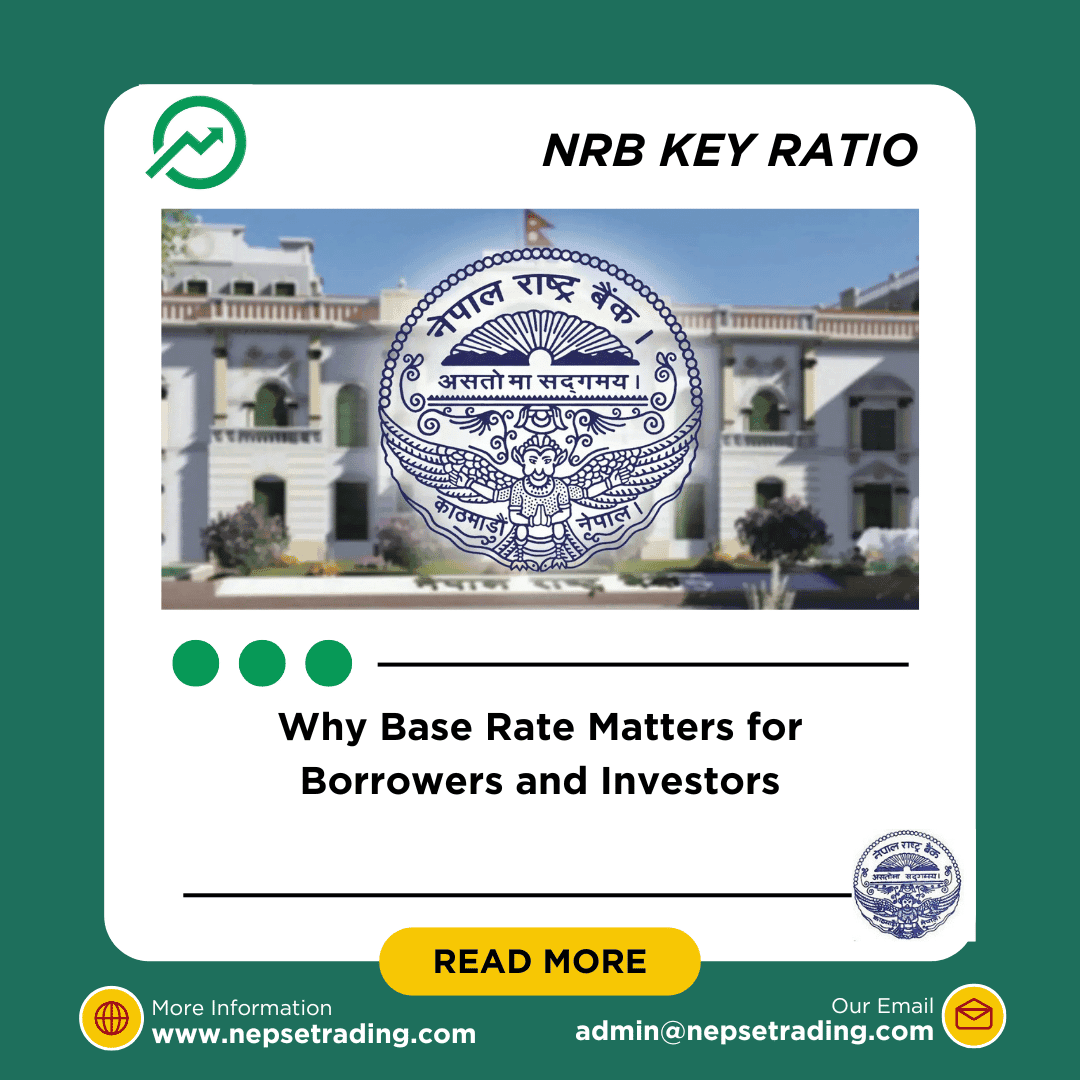By Sandeep Chaudhary
Why Base Rate Matters for Borrowers and Investors

The base rate is one of the most critical indicators in Nepal’s banking system because it directly affects both borrowersand investors. As of mid-July 2025 (Asadh end, 2082), the NRB data shows that the average base rate across commercial banks is 5.99%, but there is significant variation among institutions.
For borrowers, the base rate determines the minimum lending rate a bank can charge. A lower base rate means cheaper loans for individuals and businesses, which encourages credit growth, investment, and consumption. For example, Himalayan Bank (6.57%) and Siddhartha Bank (6.42%) have higher base rates, making borrowing relatively more expensive, while Standard Chartered (4.96%), Rastriya Banijya Bank (4.78%), and Agriculture Development Bank (5.61%) offer comparatively lower lending costs. This makes a huge difference in mortgage payments, business loans, and working capital financing.
For investors, the base rate provides insight into a bank’s cost of funds and competitiveness. Banks with lower base rates often attract more borrowers, supporting credit expansion and future profitability. However, it also signals lower margins if not managed well. Conversely, banks with higher base rates may earn more on loans but risk losing borrowers to cheaper competitors. Investors also track base rate trends to understand the monetary policy environment — falling base rates often signal easier credit conditions, while rising rates reflect tightening.
The strategic balance lies in how banks position themselves. For instance, Standard Chartered’s low 4.96% base rateenhances competitiveness for corporate borrowers, while banks like Nabil (5.71%) and NIC Asia (7.04%) show different cost structures that influence lending strategies and profitability.









